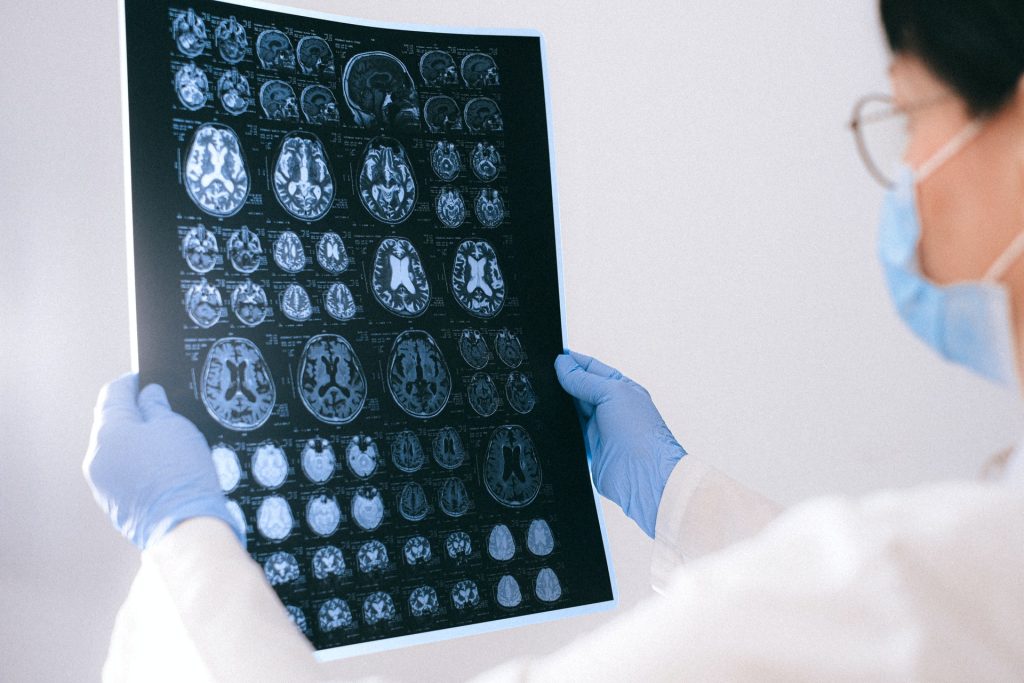
A pioneering new study from the University of Cincinnati shows promise that a new drug may help repair damage caused by strokes. The preclinical study appears in the journal Cell Reports.
Currently, there are no FDA approved drugs to repair the damage caused by a stroke. The study found that the new drug, NVG-291-R, enables nervous system repair and significant functional recovery in an animal model of severe ischaemic stroke. Deleting the gene for the drug’s molecular target also shows similar effect on neural stem cells. The drug has also proven to be safe and well-tolerated in volunteers with multiple sclerosis.
“We are very excited about the data showing significant improvement in motor function, sensory function, spatial learning and memory,” said Agnes (Yu) Luo, PhD, associate professor UC and the study’s senior author.
Prof Luo said the drug would be a “substantial breakthrough” if the early results translate into clinical settings. Further study and validation of results from independent groups will be needed to determine if the drug is similarly effective to repair the damage of ischaemic strokes in human patients. Additional studies will be needed to research if NVG-291-R effectively repairs damage caused by haemorrhagic strokes in both animal models and human patients.
“Most therapies being researched today primarily focus on reducing the early damage from stroke,” Assoc Prof Luo said. “However, our group has focused on neurorepair as an alternative and now has shown that treatment with NVG-291-R not only results in neuroprotection to reduce neuronal death but also robust neuroreparative effects.”
The drug proved to be effective even when treatment began as late as seven days after the stroke’s onset.
“The only current FDA-approved drug for treatment of stroke does not repair damage and must be administered within 4.5 hours of stroke onset.” Luo said. “Most therapies being researched need to be applied within 24–48 hours of a stroke’s onset. A product that works to repair damage from stroke even a week after symptom onset would change the paradigm for stroke treatment.”
Jerry Silver, PhD, co-author of the study and professor of neurosciences at CWRU’s School of Medicine, said the study showed the drug repaired damage in at least two ways: creating new neuronal connections and enhancing migration of new neurons derived from neuronal stem cells to the damage site.
“NVG-291-R’s ability to enhance plasticity was demonstrated by using staining techniques that clearly showed an increase in axonal sprouting to the damaged part of the brain,” Prof Silver said. “This enhanced plasticity is an excellent validation of the same powerful mechanisms that we and other researchers were able to demonstrate using NVG-291-R in spinal cord injury.”
Source: University of Cincinnati

